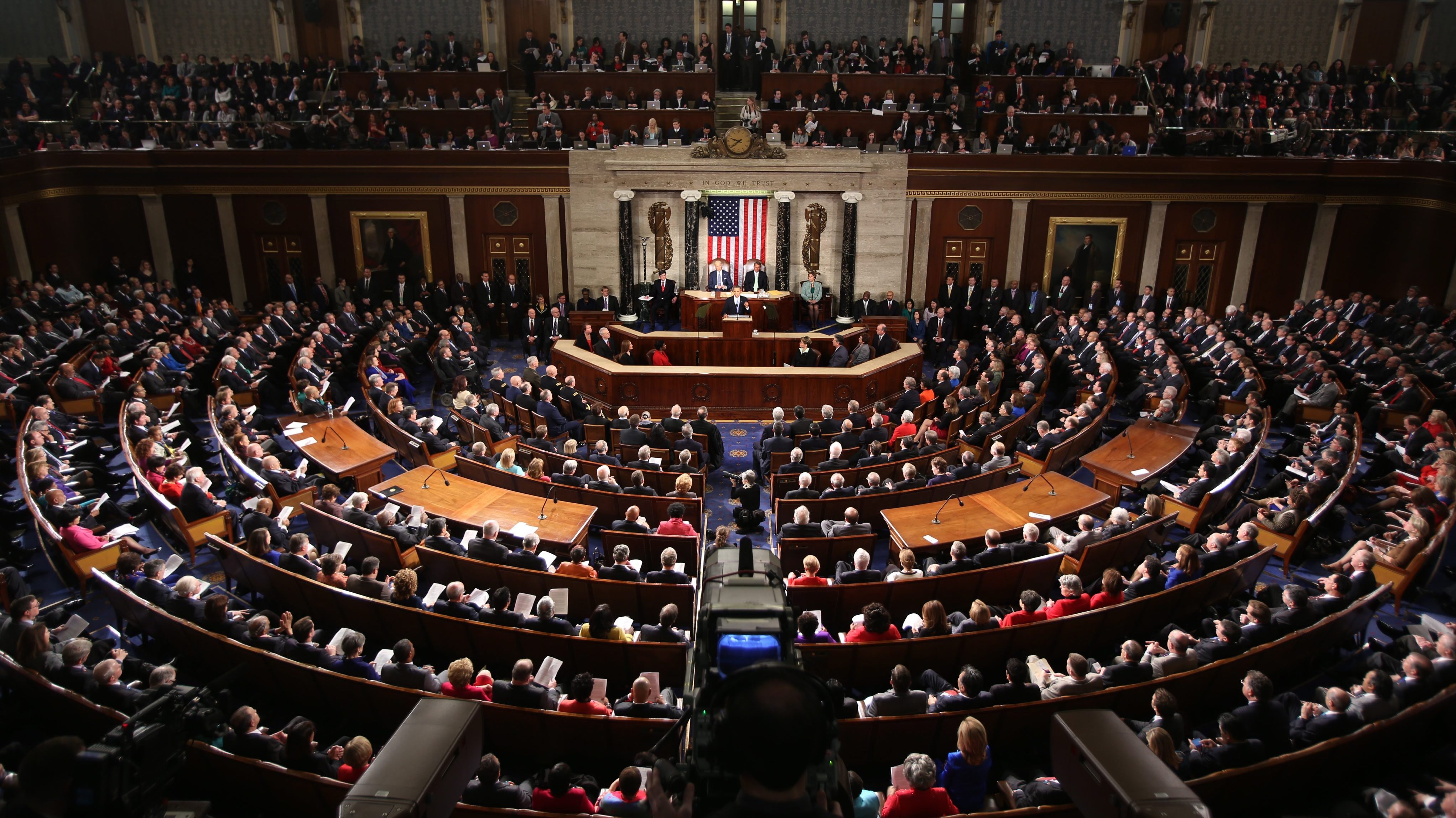The coronavirus pandemic has created chaos in many sectors, and higher education is not exempt. Fortunately, the CARES Act, a 2 trillion-dollar relief package signed on March 27, included many benefits for students. Understanding what parts of the CARES Act are designed for students and what those benefits are can help you navigate this scary time.
The Educational Stabilization Fund
The Educational Stabilization Fund makes up almost 31 billion dollars. It is dedicated to both K-12 and higher education. It gives money to governors who can distribute it as needed in their state. It also includes funds that are passed directly to schools, both K-12 and higher education, without going through the governors of the states. This money is used in a variety of ways. At least half must be used to provide emergency grants to those who have expenses related to the disruption of campus operations. This means the funds can pay for a wide range of things, such as housing, child care, and technology.
Help for Student Loan Borrowers
You do not need to be in school to see relief from the CARES Act. If you are currently in default, the bill suspends involuntary collections on defaulted student loans. This includes tax refund offsets and Social Security garnishments as well as wage garnishments. If you have Direct or FFEL Loans through the federal government, billing is suspended on those through September 30, 2020. During this time, you will not accrue interest, and the payment suspension will count as qualifying payments for the benefit of those working toward Public Service Loan Forgiveness or who are repaying on an income-based plan. The months of the suspension are also counted as qualifying payments for individuals rehabilitating their default. It is important to note that these benefits do not cover Perkins loans, which are campus-based, and FFEL held by commercial lenders. Private education loans are also not covered by these benefits.
Employer Tax Credit
There is a temporary, for the 2020 tax year only, benefit included in the CARES Act. The tax break allows an employer to provide up to $5,250 toward the existing student loan debt of an employee. This is excluded from wages and is not taxed. It is an addition to the existing law that allows employers to provide the same amount to an employees’ education cost but allows the money to be used for student loan debt. It will expire after the 2020 tax year.
Emergency Aid
If you are in a situation that is not covered under these existing benefits, there may still be options. There is a provision in the CARES Act that allows for flexibility in the money colleges and universities provide for their students. They can, for example, release work-study funds to students who are unable to work due to closures. They can waive program requirements for pursuing loan forgiveness. They can also refuse to penalize students who may not have made Satisfactory Academic Progress this term and would otherwise be in danger of not meeting financial aid requirements for time limits. There is a good deal of flexibility built into the higher education segment of the CARES Act, so if you are experiencing a particular need, you should reach out to your school for a discussion into how it may be possible to reach a solution.




